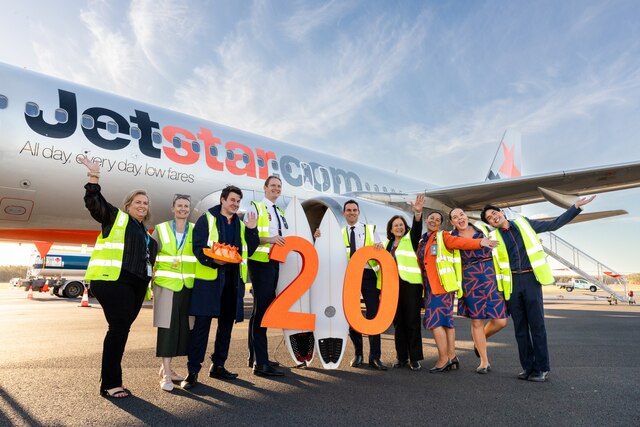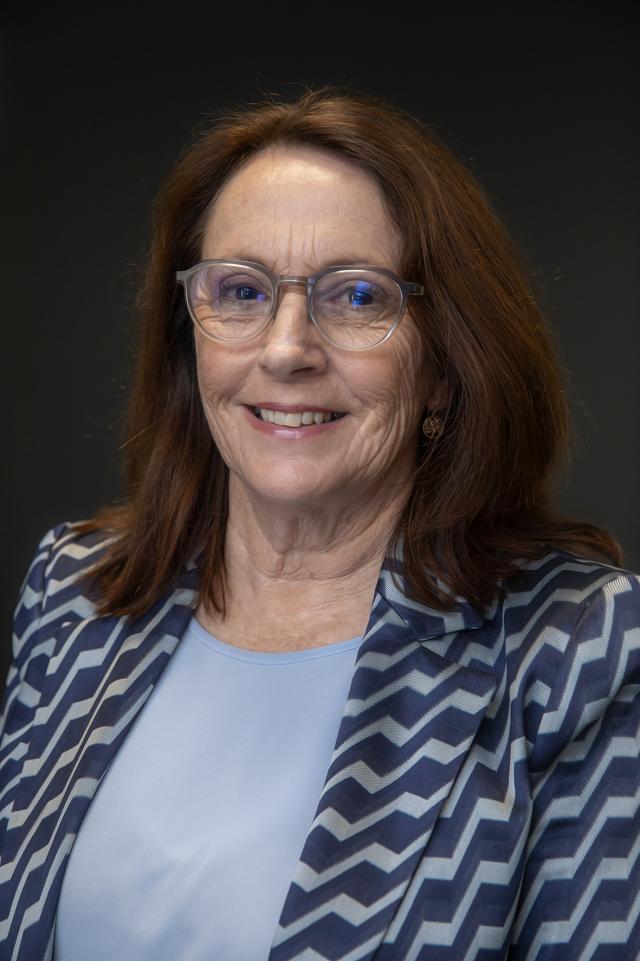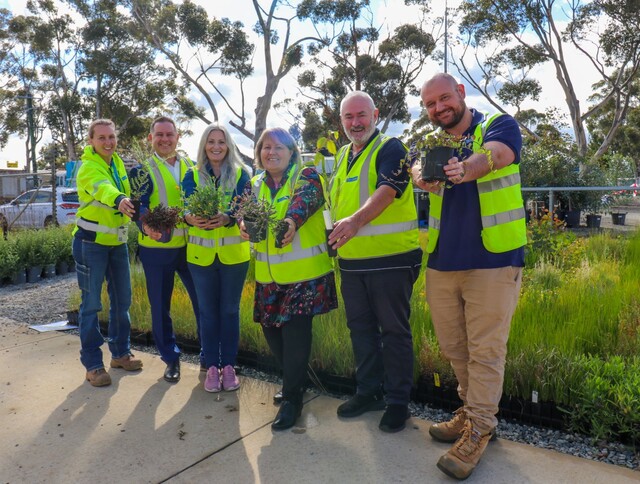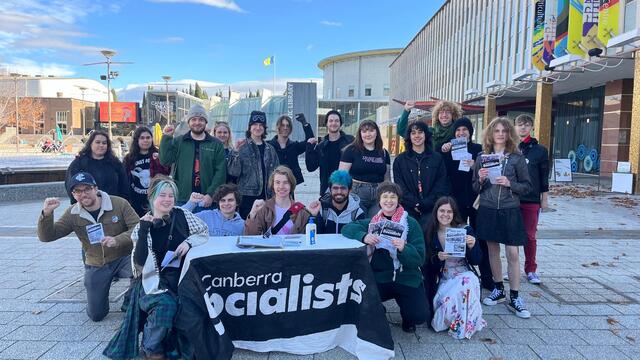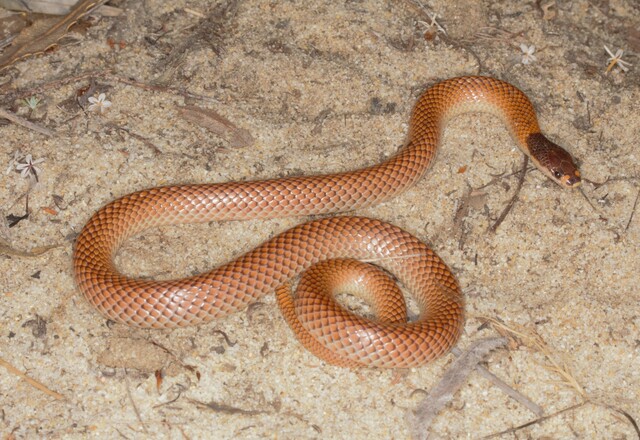The vision developed through the Search Conference is ‘Launceston, our City of learning and innovation open to the world’. It follows that a key future direction relates specifically to advancing opportunities and services for young people.
The strategy is emphatic that Launceston’s future rests firmly with its young people. To address issues of unemployment and young people being heard by governments, Council is actively supporting the work of youth and their organisations.
Two recent initiatives, the Royal Skatepark and Streets Alive, illustrate Council’s commitment to this. Opened in March, the Skatepark is the result of close consultation with youth groups, skate associations and skaters themselves.
Last year, through a Commonwealth Government funding program for youth activities, a number of forums were held in Launceston. One of these specifically addressed skating issues. “Some 149 people attended representing all ages and styles of skating,” said Paul Armstrong, local skater and a member of the Skaters Task Force set up as a result of this forum.
The Task Force reported to Council on various sites for a new skating facility. The final choice was Royal Park, on the River’s edge close to the CBD. “Here young people have their own space to meet, it is safe and noise aspects are addressed,” said Peter Goss, Manager Recreation Services.
Paul Armstrong said that the key to building a successful, well utilised facility is involving users from the planning stage through construction and the ongoing management. “We looked at other facilities and made sure the final design was catering for beginners through to experienced skaters,” Paul said. “There must be variety and the scope to change the facility to keep skaters interested with new challenges.”
To herald the start of Spring, a week long festival called Streets Alive was held in Launceston’s CBD. This involved over 4,000 school students and young people who brought their art, both visual and performing, out of the classroom and onto the streets.
Artistic Director Jerril Rechter said that the Festival was a celebration of what has been happening in schools over the past three years. “It was Tasmania’s first multi art form festival dedicated to the works and aspirations of young people,” she said. “With participants coming from all over the State, we are hoping Streets Alive will become a biennial event and move to being Statewide.”
Jerril said that planning involved liaising with School Representative Councils across the City. “In creating something about young people, their input was vital,” she said. “It was their ideas and enthusiasm that shaped the Festival. “The City is a beautiful space. What we have done is to utilise our beautiful spaces so people can come and experience the City through the eyes of young people.”
An estimated 20,000 people attended activities during the week. These included numerous outdoor performances, over 100 shops displaying the work of young people, lighting of buildings at night, 20 different workshops each day, pavement art, puppet making, the list goes on.
Some 64 schools and colleges, ranging from primary through secondary to universities, were involved in performances and visual art displays. “Council was a strong supporter but it left those best suited, the arts community, schools, young people and local businesses, to run the event,” Jerril said.
With State Government and Council funding, this is a great example of State and Local Government working together with the community to make things happen.


